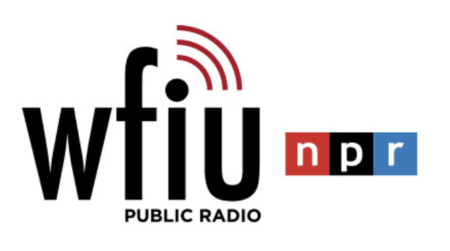
Study: Rural Communities Still at Disadvantage When Competing for Govt. Grants
Rural communities continue to be left out of federal funding opportunities even amid efforts from the Biden administration to invest in rural America, according to a new analysis.
















